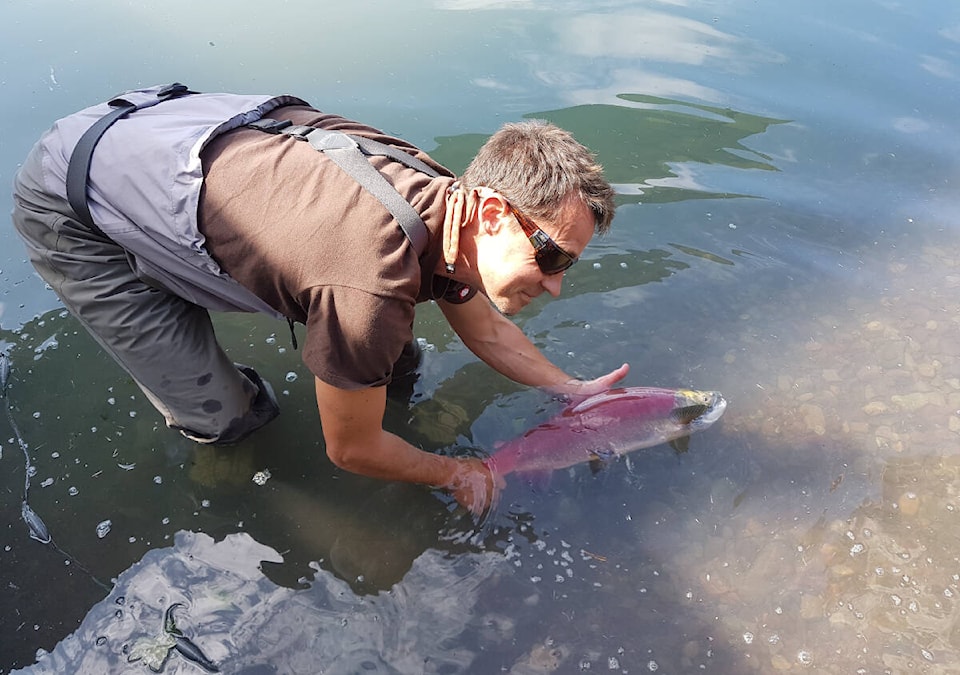Comparing past sockeye populations in the Skeena watershed to their present-day counterparts may hold the key to preserving the species, according to an SFU postdoctoral fellow.
Michael Price, who resides in Smithers, found in his Ph.D. research that a warming climate is making juvenile Skeena sockeye grow larger and is changing the habitats in which the young fish can thrive.
Price found that small, warmer and more shallow lakes that juvenile sockeye used to thrive in are now becoming less suitable for the fish, with larger, deeper and colder lakes taking their place as the optimal habitat for sockeye to grow before they make the daunting trip to the ocean.
